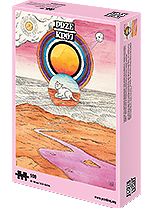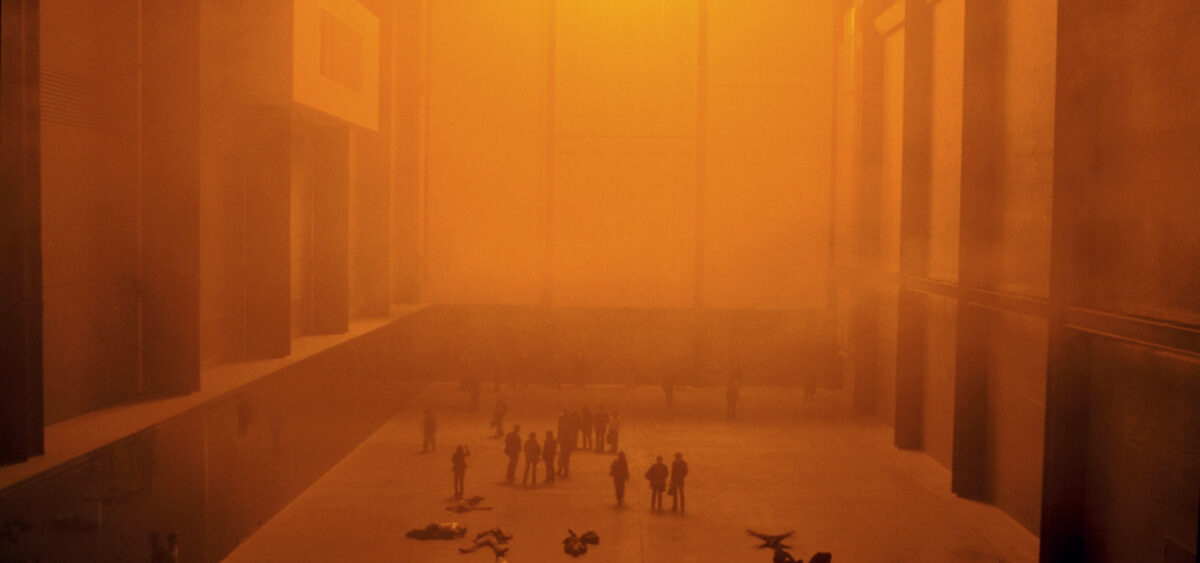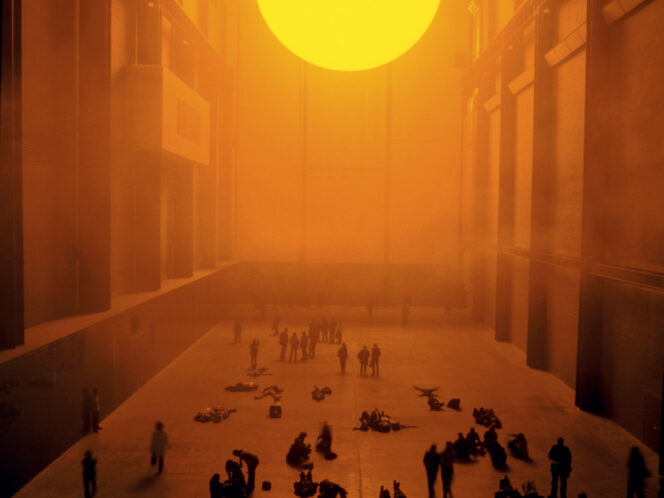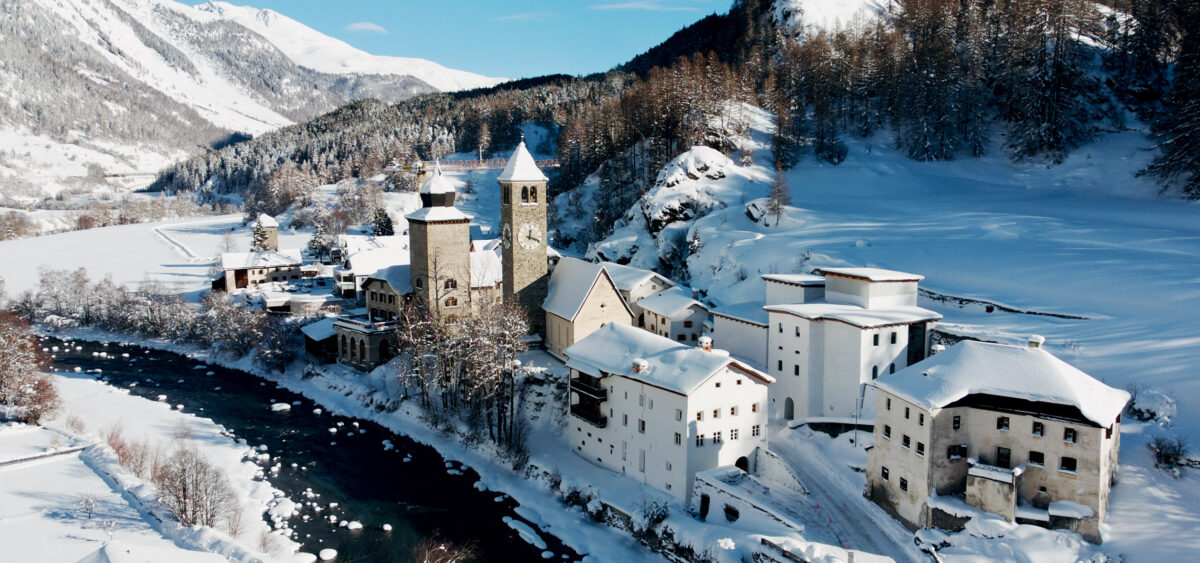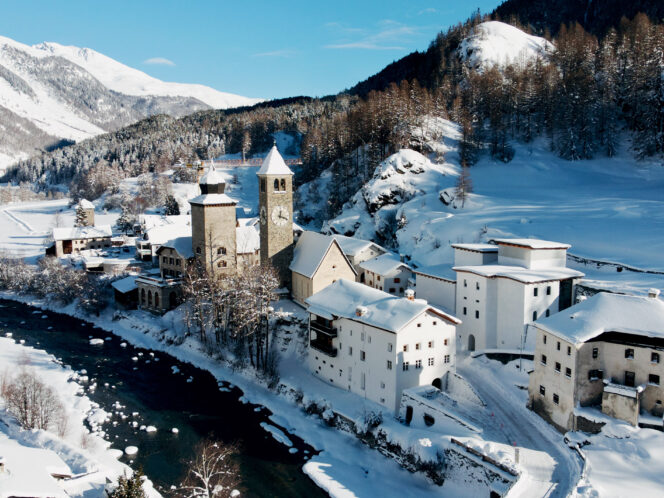
He lit the sun over London, melted a glacier in Paris, and changed the color of rivers in Iceland. Jan Pelczar talks to Olafur Eliasson, the man who sculpts with light, water, and air.
On my way to meet Olafur Eliasson, I walk through a large part of Berlin. It is a cold but sunny day. I hope this is a good omen. For a while now, the artist has been interested in the influence of weather on the relationships between people. We talk at a library in the heart of the Olafur Eliasson Studio, which employs more than 130 people, at a table under a lamp designed by the artist himself.
Jan Pelczar: Does the Olafur Eliasson Studio resemble the studios of other artists, or rather a science lab?
Olafur Eliasson: My interest in science always comes from an artistic point of view. I approach science with an artist’s license, and I enjoy more freedom than scientists. That’s why my studio is very different from their laboratories. I have different motivations, and I don’t use scientific methods.
There are lots of glass globes and kaleidoscopes around here.
For many years, I worked on complex polyhedrons. I studied various combinations of forms and materials; I built an entire catalogue of shapes. I developed many of them with the late Einar Thorsteinn. We worked together until his retirement in 2014. Einar was a true visionary.


